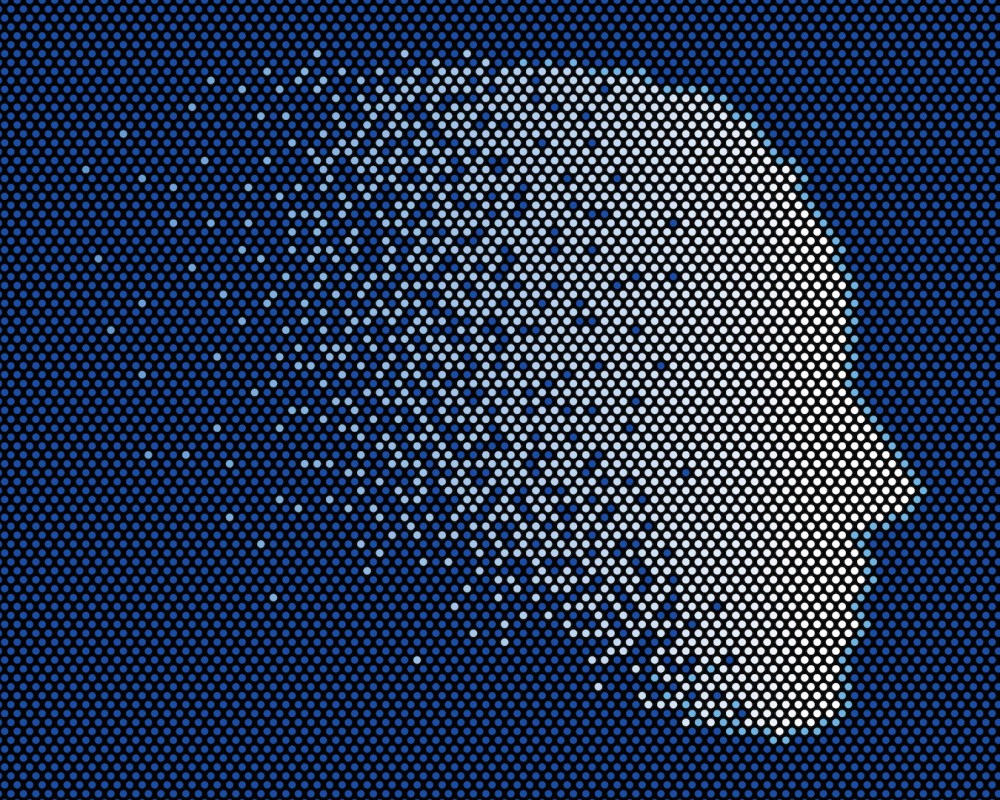Usually art and science are considered as separate as oil and water. But artist Mario Klingemann recently won the Lumen Prize for art with a particularly unusual piece: a nude portrait generated by artificial intelligence.
“The Butcher’s Son” combined data of 150,000 nude poses and refined them into something entirely new.
The process for making such an image involved the use of a Generative Adversarial Network (GAN). GANs function in dueling fashion: one neural network takes in thousands of images of an object or view and combines them into a single image, while the other neural network judges the accuracy of the results based on the given data.
Klingemann took the results from this initial process, and then used a second, separate GAN to refine the images with even more specificity, a step Klingemann is calling “transhancement.” The artist then sorted through thousands of generated images to find the 20 or so where the images particularly spoke to him. The resulting image certainly may not look exactly like a traditional nude portrait, but it bears its essence.
Given the uncertain future of artificial intelligence in art, Klingemann is a fighter for the legitimacy of algorithm-based images. “They are like painters’ brushes, which have also never really gone out-of-fashion through the centuries.” Klingemann told Fast Company about the neural networks he uses.
Thanks for reading InsideHook. Sign up for our daily newsletter and be in the know.


















